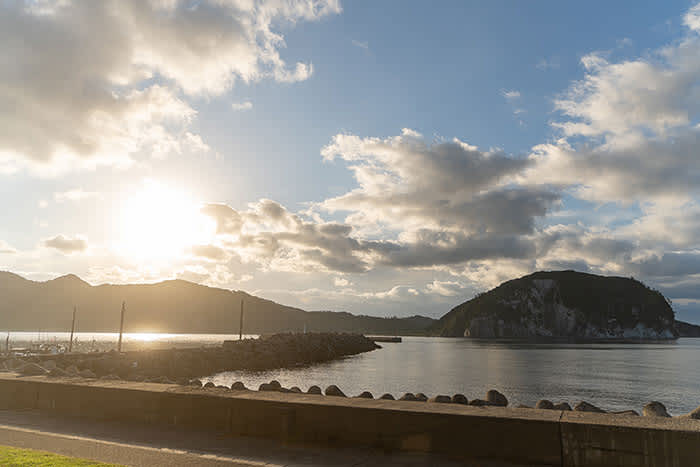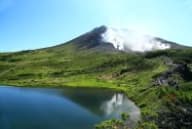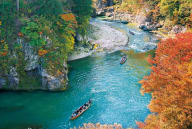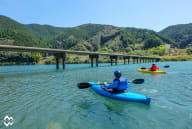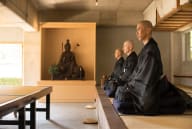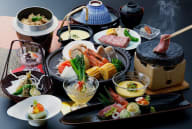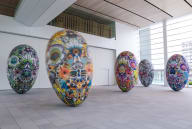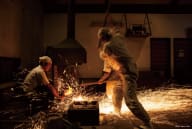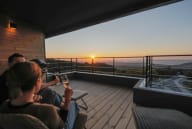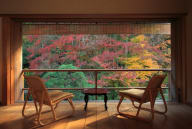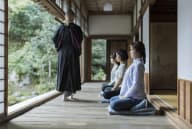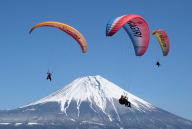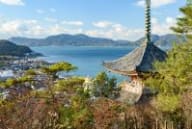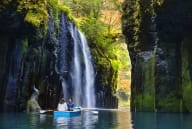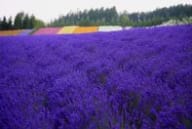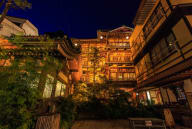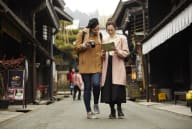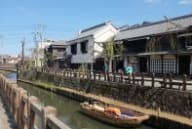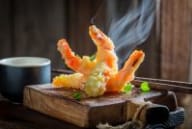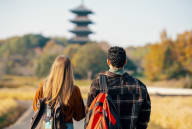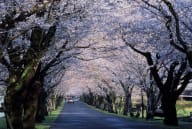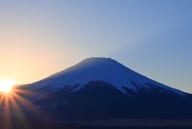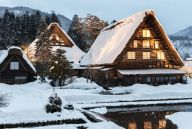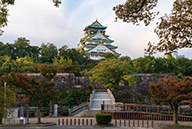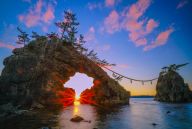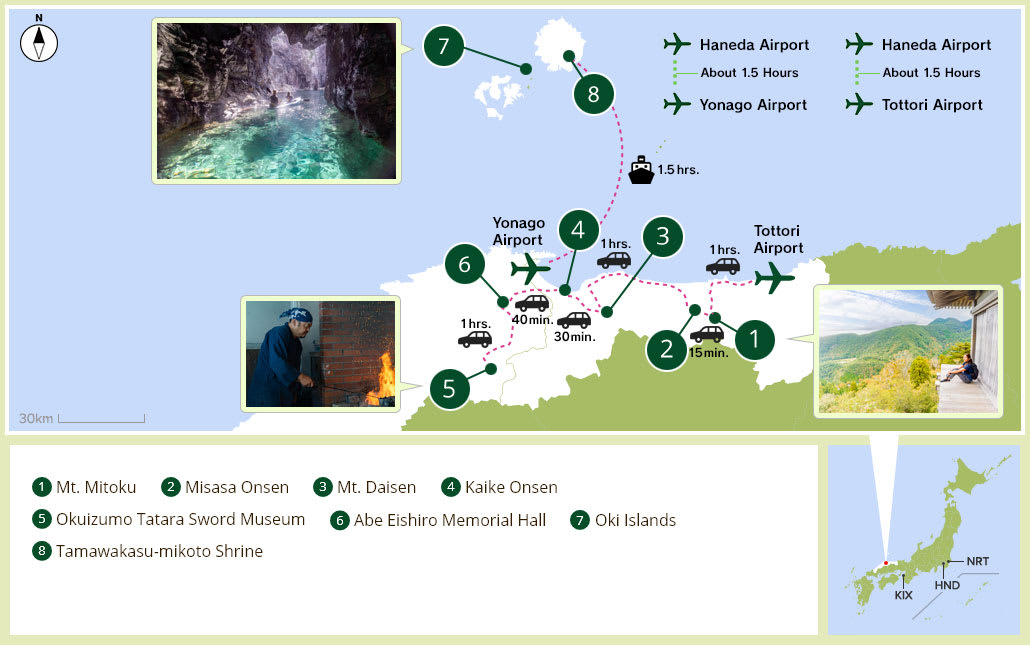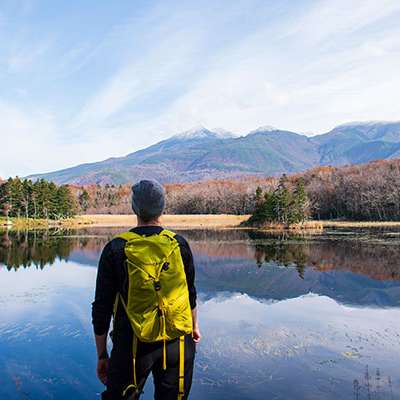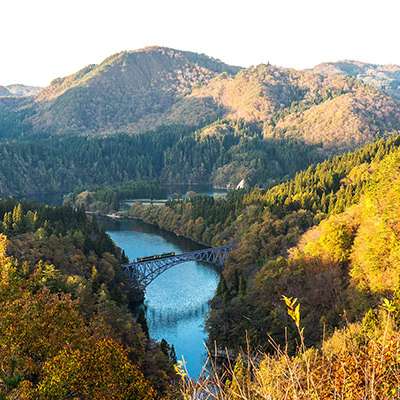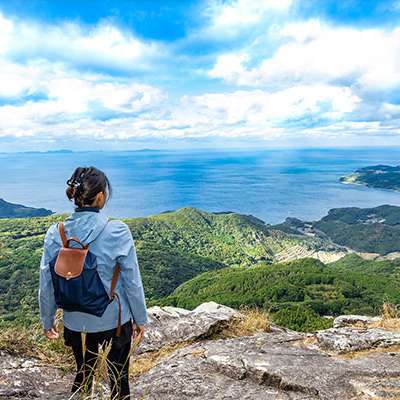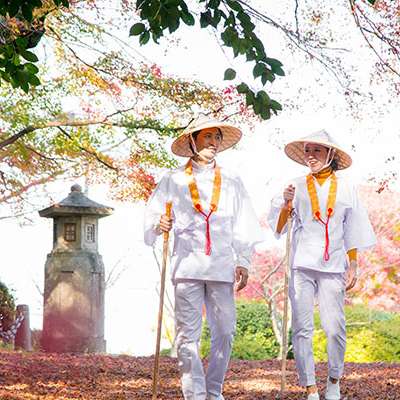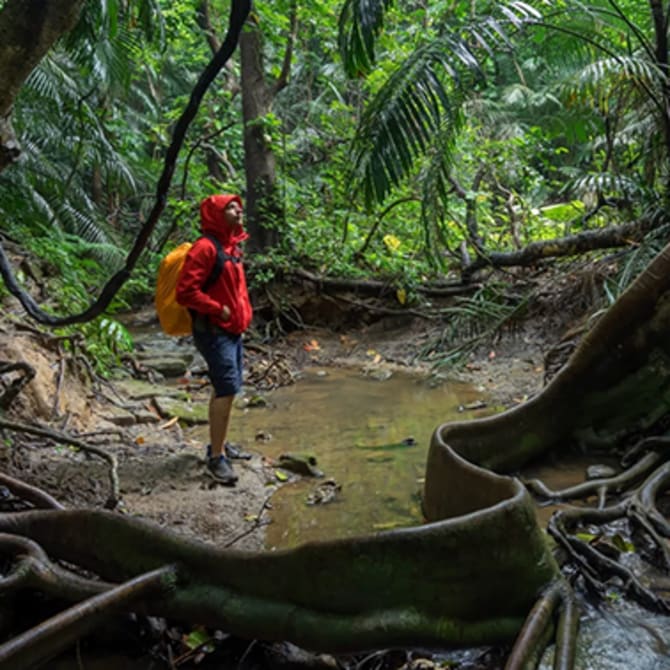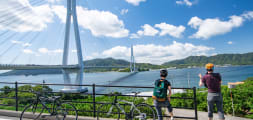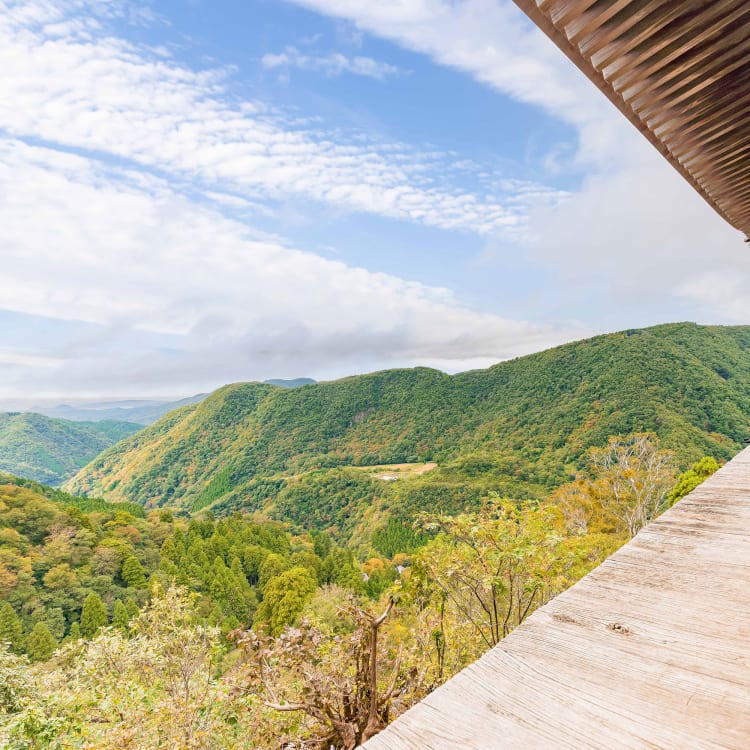
Travel Logs Adventures in San’in The Gathering Place of the Gods
The San’in Region, encompassing Tottori and Shimane Prefecture, lies along the Sea of Japan. With deep ties to Japan’s creation mythology, it has long been revered as the gathering place of the gods. For centuries, the verdant forests, rugged coastlines, and soaring peaks of San’in have inspired a rich cultural heritage, from mountain asceticism to gleaming swords forged by master craftsmen and delicate washi paper hand-made with exquisite technique. Drawn by the allure of this storied land, we set out to explore its pristine landscapes and age-old traditions.
Day 1
We arrived in Tottori on a crisp autumn morning, primed for adventure. The first stop on our itinerary was Mt. Mitoku, a site for mountain ascetic practice for thousands of years. Named for the three Buddhist virtues—wisdom, longevity, and fortune —Mt. Mitoku’s slopes are dotted with amid dense groves of pine, cedar, and maple.
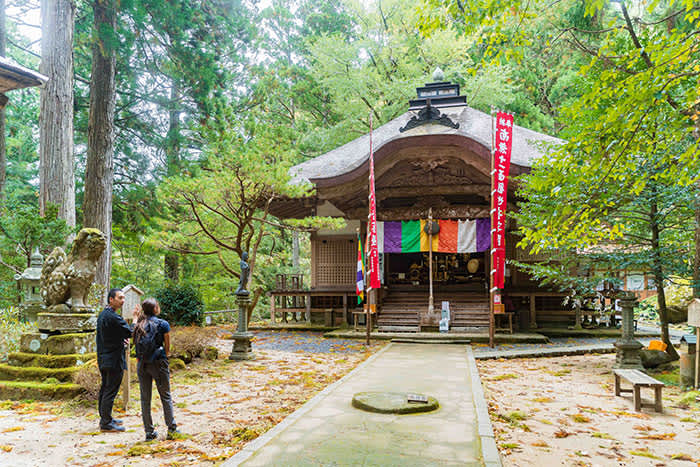
Sanbutsuji Temple, at the base of the mountain
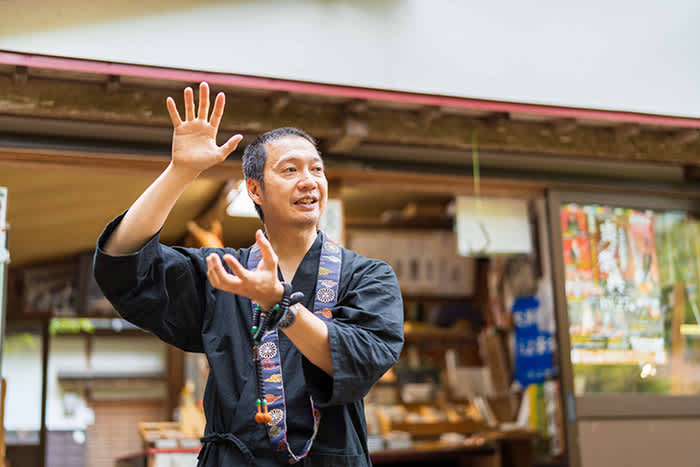
Mt. Mitoku’s temple priest
Upon arrival, a temple priest greeted us, speaking of the challenge ahead. “This was once a pilgrimage route reserved for monks in spiritual training,” he explained. “There are many temples along the way, some symbolizing the stages of life from birth to enlightenment. The entire mountain is sacred, so approach it with humility.”

Entrance to the mountain
Beyond the main hall of Sanbutsuji Temple, which sits at the base of the mountain, stands a towering cedar tree, flanked by a crystal-clear stream. “This marks the threshold between the ordinary and the divine,” the priest noted. After having our footwear checked for safety, we set off on the steep ascent, navigating narrow ridges, chain-secured boulders, and tangled tree roots. The thrilling climb brought us to Monjudo Hall, where panoramic views unfolded from its wooden terrace, rewarding our efforts.
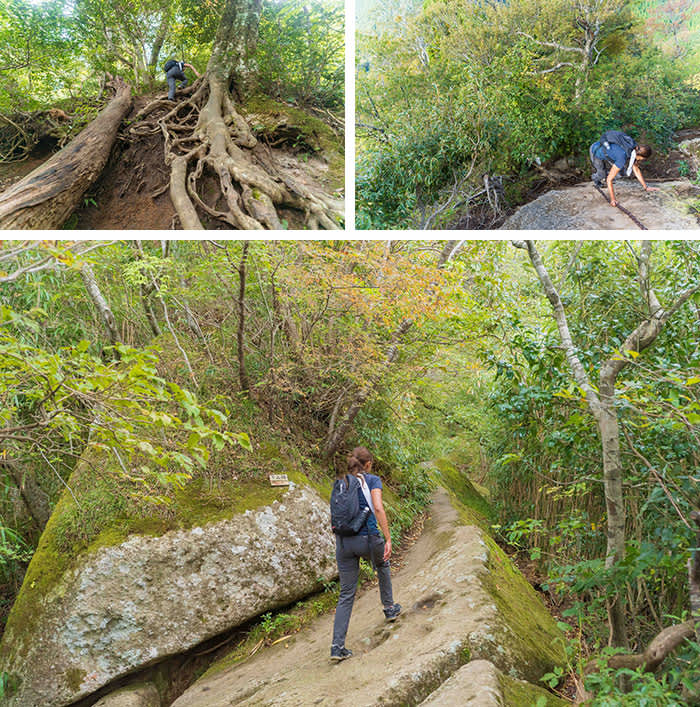
The trail involves navigating boulders and roots
At the end of the trail sits Nageiredo Hall, the crowning gem of the Mt. Mitoku temple complex. Believed to be built 1,000 years ago, it clings to a sheer precipice, perched on wooden stilts. It is unclear exactly when and how this architectural marvel was built, but legend has it that it was cast into a cave by the spiritual powers of a monk, giving it the name "Nageiredo". Now, it has earned the reputation as Japan’s most precarious National Treasure.
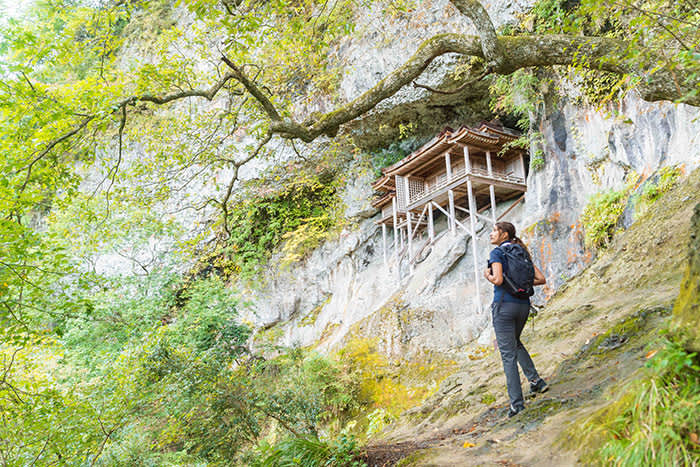
Nageiredo Hall
After our exhilarating climb, we journeyed to the charming hot spring town of Misasa Onsen, famed for its radium-rich waters—a perfect retreat to unwind before the adventures still to come.
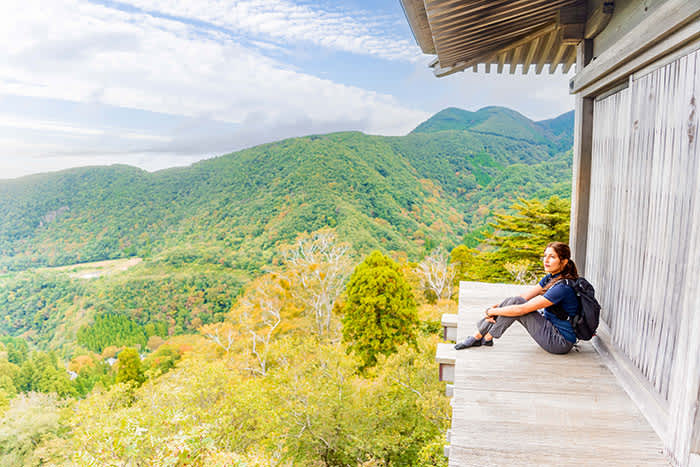
View from Monjudo Hall
Day 2

Mt. Daisen
We were up bright and early the next morning to make our way to Mt. Daisen, the tallest mountain in the region. Like Mt. Mitoku, this mountain was once a center for ascetic practice, and that heritage still lives on today in the form of shrines and temples scattered around the slopes.
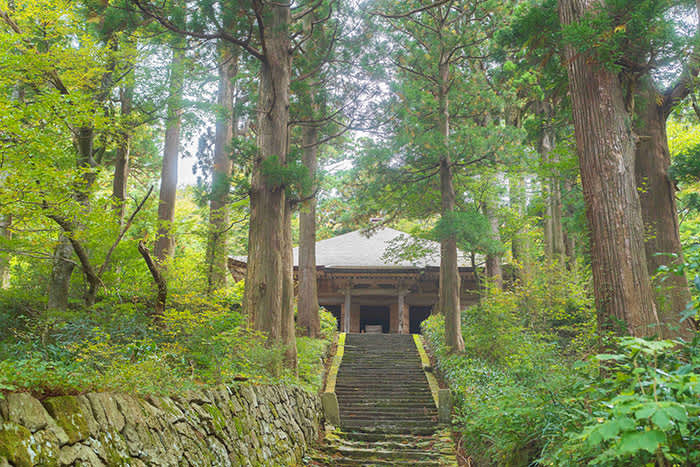
Amida Hall
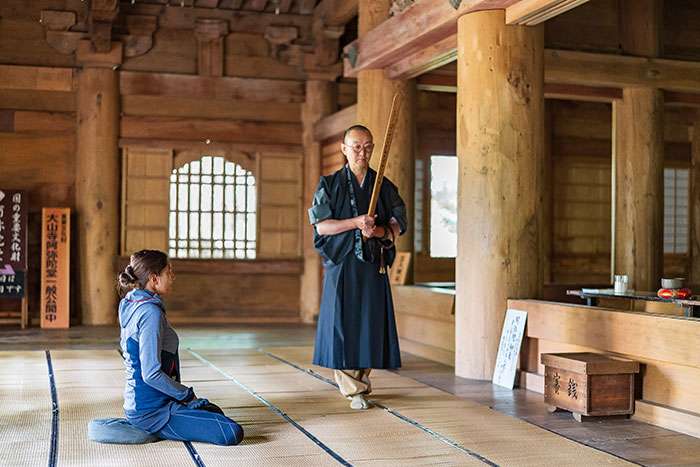
Meditation session at Amida Hall
Our first stop was the serene Amida Hall at the mountain’s base, where we joined a meditation session led by a local priest. With a gentle voice, he guided us through the essentials of zazen meditation, focusing on mindful breathing and posture. Surrounded by the cool mountain air and the soothing sounds of nature, it was a grounding start to the day.

Forest trail
Afterward, we met our guide, who would accompany us along the nature trails that snake across the mountain’s slopes. “What’s wonderful about Daisen is that it’s a place where nature and history intersect— the trail is dotted with all kinds of historical ruins and relics,” he said. As we walked under a sun-dappled canopy of magnolia, walnut, and oak trees, our guide shared the unique story of these forests. “Since Mt. Daisen was considered sacred, monks have protected the trees here century after century, which is why the forest here is so biodiverse” he explained. He went on to describe how the tradition of conservation continues even today, with both locals and visitors involved in efforts like the One Tree One Stone Project. “We encourage hikers to carry a stone to the summit, helping to stabilize the slopes and protect the young saplings.”

Daisen is home to the largest population of beech in western Japan, and we learn that this has deep, symbiotic ties to the region’s mineral rich waters. To demonstrate, he poured a bottle of water into a thick layer of humus that had accumulated under an old beech. “This will reappear 20 years later in the form of spring water, after absorbing nutrients from beech leaves on the forest floor and the bedrock underneath.”
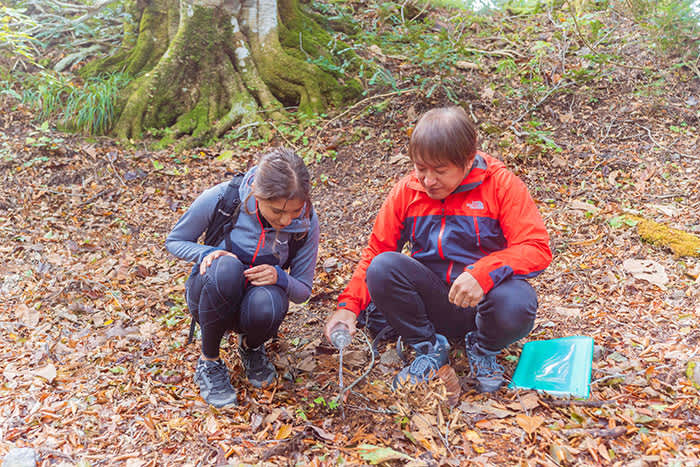
Pouring water into the forest floor
As we wandered deeper into the peaceful trail, our guide pointed out an array of plants and mushrooms, like the Japanese arisaema with its snake-patterned bark and the parasenecio, whose leaves resemble bat wings.

Japanese arisaema
Our journey led us to the tranquil grounds of Daisenji Temple and Ogamiyama Shrine, tucked at the end of the trail. After taking a moment to appreciate the ancient architecture and spiritual atmosphere, we sat down for lunch at Sanrakuso, a family-run temple lodging. There, we were treated to shojin ryori—traditional Buddhist vegetarian cuisine. The meal was a medley of seasonal mushrooms and wild plants, foraged from the mountain slopes and prepared with centuries-old recipes.
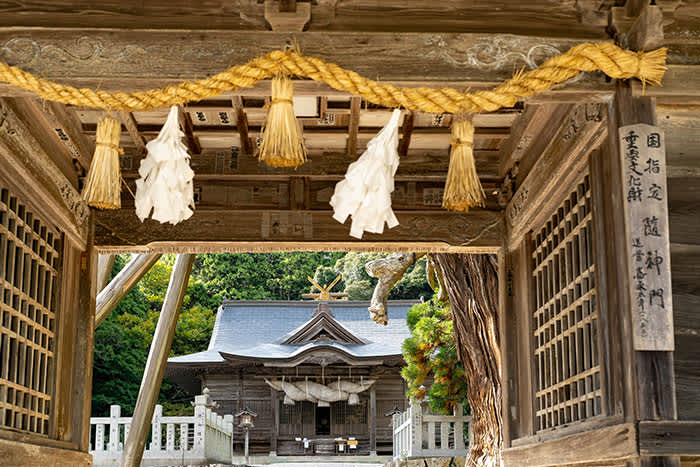
Ogamiyama Shrine

Shojin ryori meal
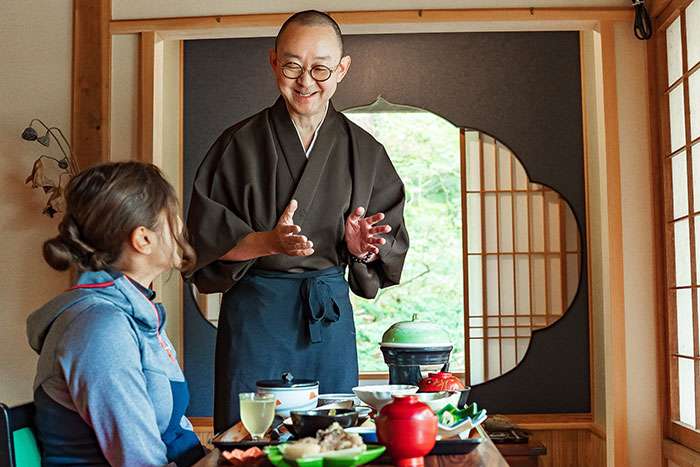
Priest and lodging owner talking about the meal
After lunch, we set off on a downhill cycling excursion that would allow us to make the most of the town’s hilly terrain. The views were dynamic and ever-changing—we zipped through forests, wide open pastures, and long roads with far-reaching views of Miho Bay, and Mt. Daisen looming in the background. “Daisen is a fascinating mountain, as it looks different from the angle you look at it,” commented our guide. “From some spots, it has a striking resemblance to Mt. Fuji.”

Cycling past a dairy farm
Daisen is famous for dairy farming, so we couldn’t leave without stopping at a farm to try the town’s famous soft-serve ice cream. Our guide also brought us to Jizotaki Springs, where we saw firsthand the pure mountain water that flows from deep within Daisen, reminding us of our earlier lesson in the beech forest.
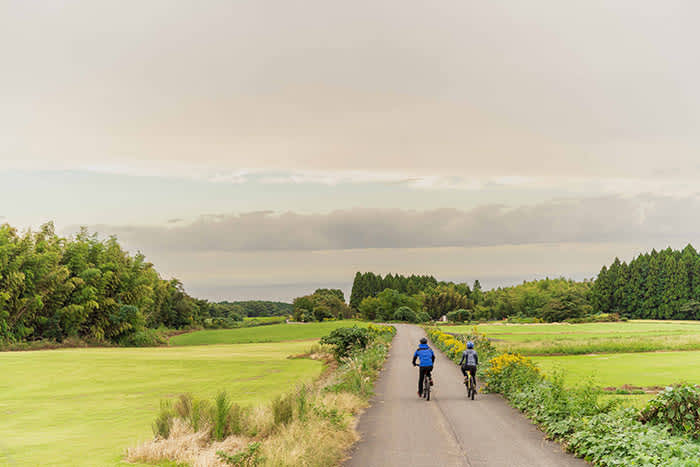
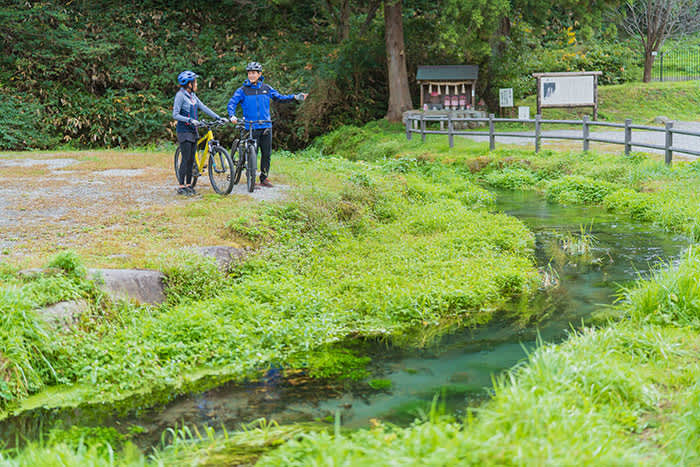
Jizotaki Springs
Our day concluded at Kaike Springs, a seaside hot spring resort known for stunning ocean views and fresh seafood—a rejuvenating end to a day of learning and exploration.
Day 3
On this day, we were eager to take a deep dive into the region’s cultural heritage. Passing through vast rice paddies and thick forests, we arrived at the Okuizumo Tatara Sword Museum. Okuizumo has been a center of iron production for centuries, thanks to its rich deposits of iron sand. Interestingly, many of the rice fields we saw along the way were actually former iron sand quarries.

Sculpture of Yamata no Orochi
At the entrance, a dramatic steel sculpture depicts Yamata no Orochi—a mythical serpent from whose tail a legendary sword was uncovered. Inside, visitors can delve into the history and process of tatara ironmaking, view an impressive collection of swords and their structures, and gain insight into the transformation from raw magnetite sand to masterful blades.

Swords displayed at the museum
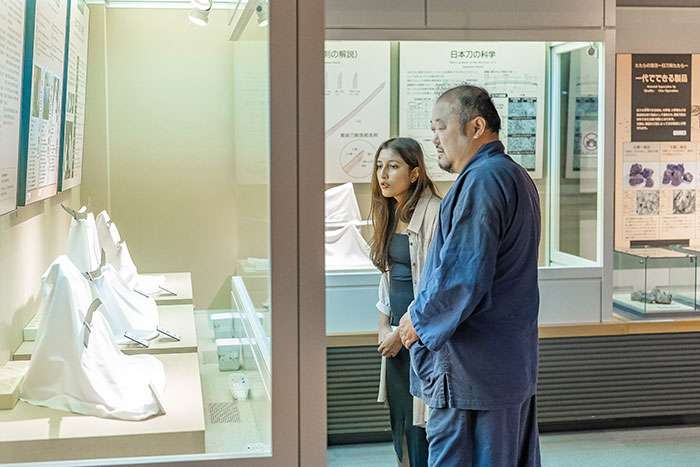
The highlight of our visit was watching a master swordsmith in action. We saw him heat the furnace and expertly hammer the steel, unfazed by the intense heat and flying sparks. A third-generation artisan, he shared how the role of swords has evolved over time: “In pre-modern times, swords were everyday items you’d carry with you. Today, they’re only crafted as works of art.”


Swordsmith at work

Reproduction of a traditional ironmaking furnace
Our next destination was the Abe Eishiro Memorial Hall, dedicated to a master of traditional papermaking. Before visiting the hall, we stopped by his grandson’s workshop, where we watched him skillfully work a paper mold and pulp with swift, seamless motions. “It took me a decade to master these movements; now it’s all muscle memory.” He explained that he could craft roll after roll of paper, each with consistent thickness, guided by intuition alone.


Paper artisan at work
Inside the Memorial Hall, we admired an array of paper exhibits, from fans to scrolls, that were crafted using techniques pioneered by Abe Eishiro. We also learned about the different shrubs used to make paper—the mitsumata shrub, the paper mulberry, and the gampi plant—and the long and painstaking process behind each sheet, from sourcing raw material and creating pulp to drying.


Exhibits inside the Abe Eishiro Memorial Hall
Later, we had a chance to create our own washi postcards, under the careful guidance of Abe Eishiro’s grandson. As we left, his humble words lingered with us: “The papermaking process is only complete when it is written or drawn upon.”
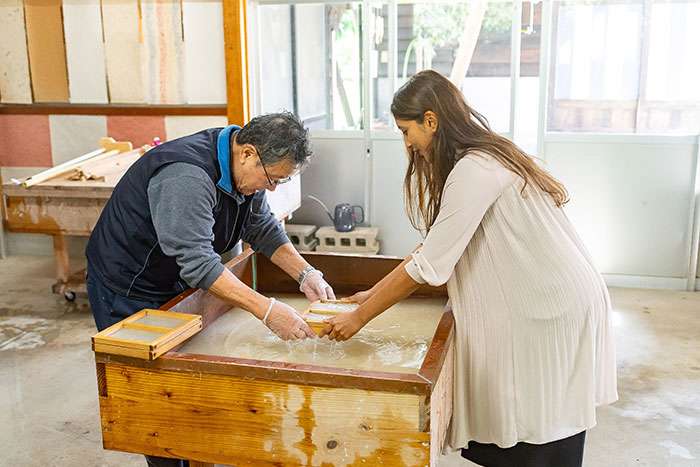
Making washi paper

Paper-making workshop
With a day of cultural discoveries behind us, we boarded the ferry from Shichirui Port, setting off for the scenic Oki Islands, 50 km off the Shimane Peninsula.
Day 4
We would spend the last day of our journey through San’in in Dogo, the largest of the Oki Islands. Formed by volcanic activity around six million years ago, the islands are designated a UNESCO Global Geopark with their tapestry of rugged cliffs, grassy hills, and lush forests.

Receiving safety instructions

Hoping to view the dramatic coastline from a unique vantage point, we set off in sea kayaks. Joining us were two guides who had moved from the city, captivated by the natural splendor of Oki. The water sparkled in shades of emerald and cobalt, offering glimpses of small fish and tangles of seaweed below. As we paddled, our guide pointed out unique rock formations, including one that looked like an elephant’s trunk. “The cliffs are made of alkali rhyolite, quite rare in Japan,” he explained.
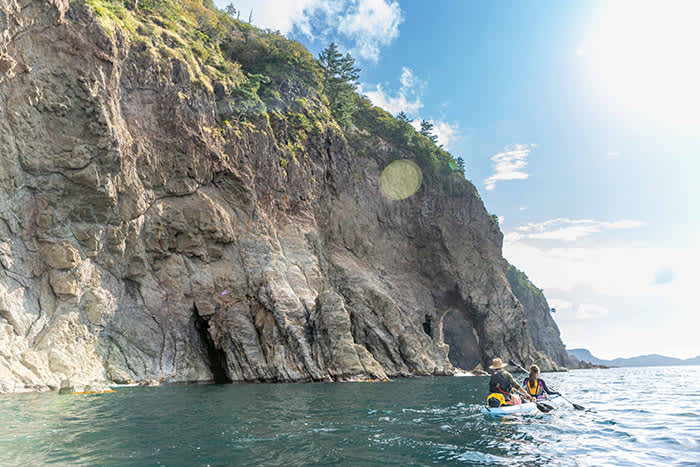
Arch resembling an elephant’s trunk
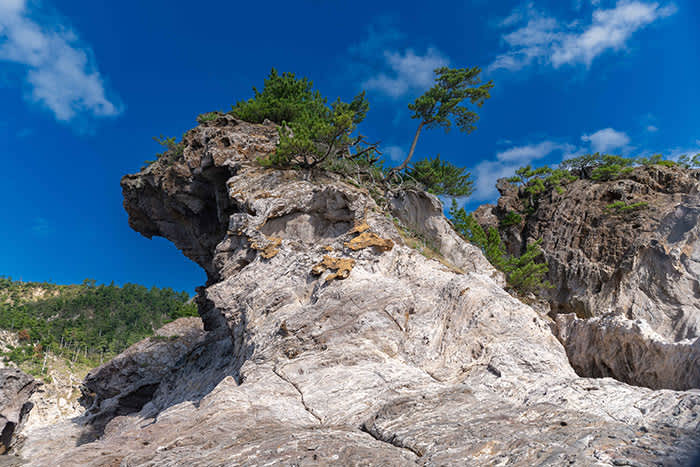
Striking rock formations line the coast
We soon found ourselves at the mouth of a vast sea cave. “People once believed that a deity dwelled here,” our guide shared. Bathed in an ethereal glow from the water, the cave indeed felt like a sacred space. On our return journey, our guide recounted local folklore and shared tidbits about the flora and fauna of the islands, like the Oki dandelion and the elusive Oki salamander.
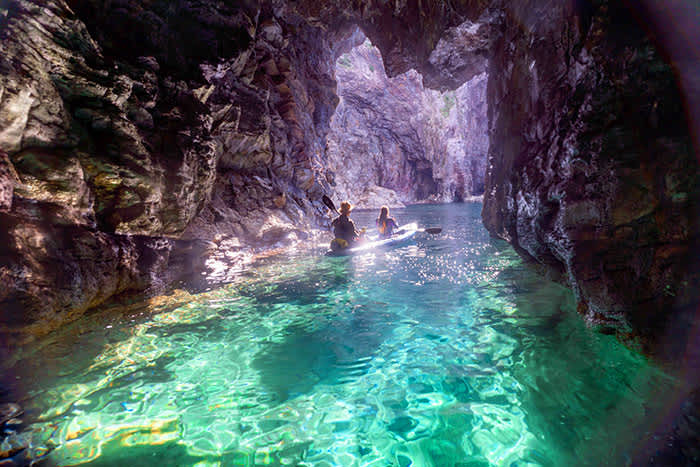
Sea cave
After our excursion, we refueled with a hearty seafood bowl at Fisherman’s Wharf Oki. This eatery serves fresh catch straight from local fishers. Our meal was piled high with delectable chunks of yellowtail (buri), shrimp, sea bream, and the local specialties, whelk and turban shells. Fisherman’s Wharf Oki is also known for serving Oki beef—a rare and highly prized wagyu beef from cattle reared on the islands.
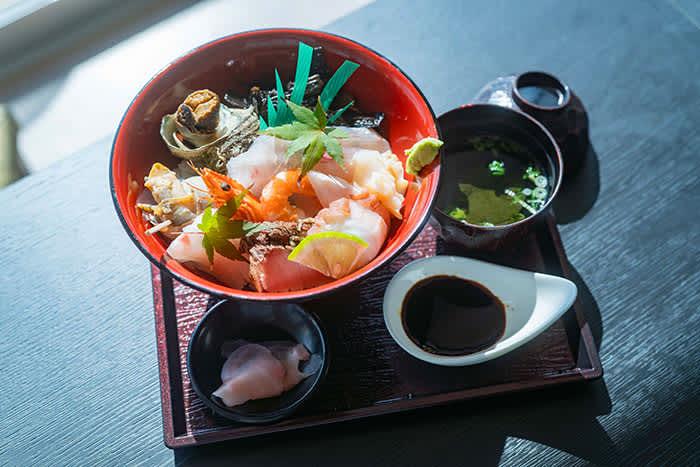
Seafood bowl
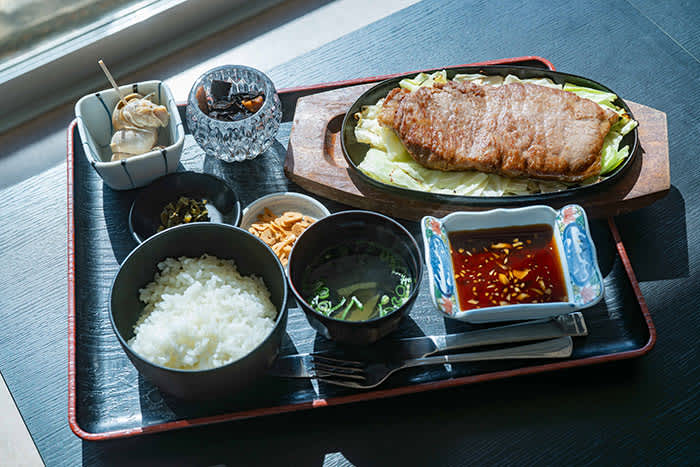
Oki beef
The Oki Islands are home to more than 100 shrines and temples. Our last stop was the Tamawakasu-mikoto Shrine, the main shrine of the Oki Islands. Its striking thatched roof reflects the traditional Oki-zukuri style, and the shrine is famed for the Goree-Furyu Festival, where horses race through the grounds. One of the most revered sights is an ancient cedar, over 2,000 years old. Guided by the chief priest, whose family has served here for 48 generations, we explored the grounds and took a moment to pay our respects.
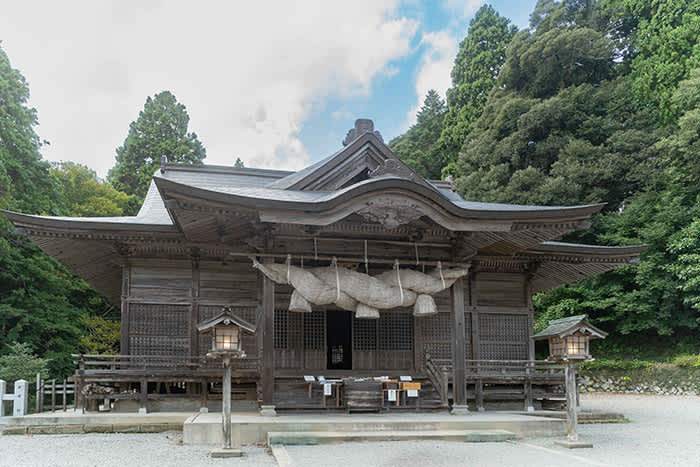
Tamawakasu-mikoto Shrine
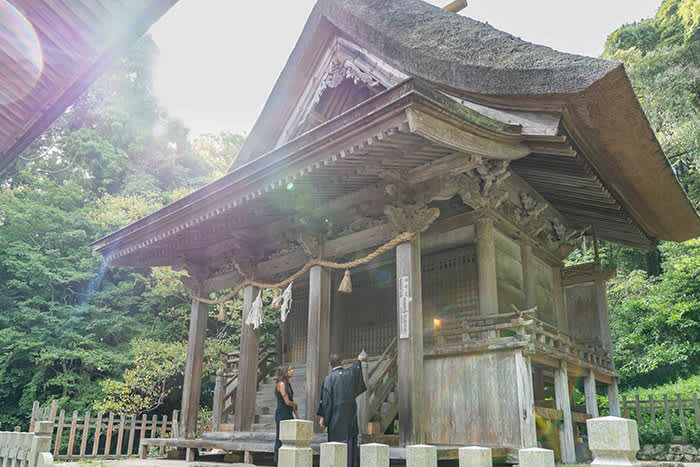
Exploring the shrine complex

Ancient cedar tree
As our journey through San'in came to a close, we departed with a profound appreciation for this enchanting region. From scaling sacred mountains and witnessing the meticulous artistry of swordsmiths and papermakers to paddling through crystal-clear waters along ancient cliffs, each experience brought us closer to the heart of San’in’s heritage. The landscape, with its deep roots in mythology, continues to be a living canvas where nature and tradition intertwine.
